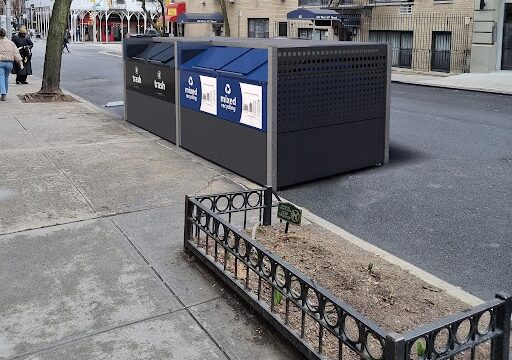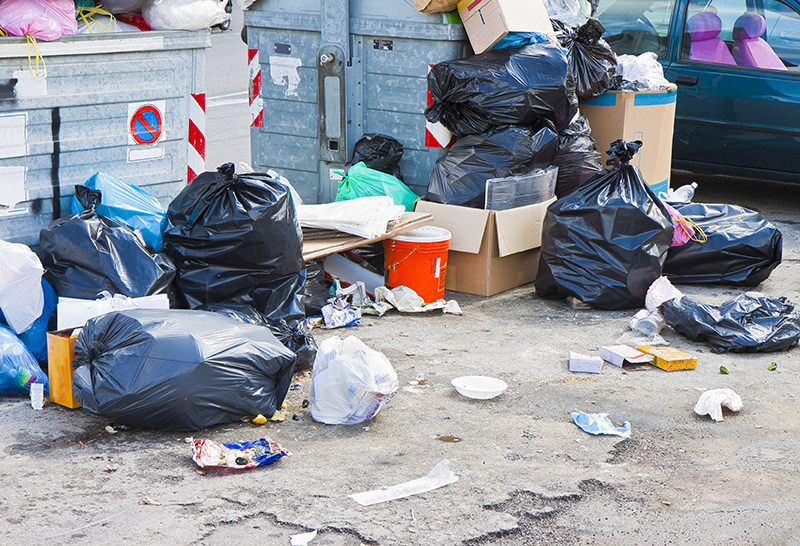

Designing Recycling Collection Stations to Encourage Behavior Change in Communal Settings

In communal settings like multi-family apartment buildings and workplaces, where individuals are often influenced by the actions of their peers or neighbors, encouraging positive behavior change can present unique challenges.
Convenient and accessible recycling collection stations within communal settings can play an integral role in driving behavior change and developing zero-waste recycling infrastructure. By encouraging individuals to adopt more eco-friendly habits, they help to provide essential patterns of sustainability that help restrict natural resource depletion and landfill expansion.
To be effective, however, recycling collection stations must follow and integrate consistent design principles, such as convenient placement, appropriate capacity, and effective communication with users on how to use the facility correctly, as well as making it easy for them to do so.
While encouraging behavior change in communal settings can be complex, understanding the psychology behind it is crucial. Negative behavior and improper practice typically occurs because of a lack of individual householder accountability and competing priorities. If the communal deposit point is an inaccessible location with a mound of side waste lying around it, individuals will likely be more encouraged to add to this rather than taking the time to effectively separate their recyclables. An untidy and unhygienic collection station area tends to attract more side waste and illegal dumping, and things can quickly spiral out of control.

Some cities and waste haulers may be entitled to issue fines and additional charges for improper recycling practice or for contamination of recycling streams. Due to the varying approaches to accepted recyclables across municipalities in the U.S, the compliance criteria for administering these can vary, with communications often lacking clarity. This can be confusing and frustrating for residents, with aspects like recycling contamination and wishcycling then becoming more commonplace.
Motivating behavior change in communal settings can be encouraged by a mix of educating people, firstly on why they should recycle and then secondly on the correct practices involved, followed by providing accessible, effective infrastructure that makes it as easy as possible for them to achieve this. Many landlords understand these challenges and acknowledge that investment in effective infrastructure is key to changing behavior.
Ultimately, it falls to landlords to ensure that haulers provide the right quantity and type of recycling bins in accessible locations for communal settings. Establishing high-volume recycling collection stations for communal use in multifamily, commercial or municipal settings, supports the majority of recyclables deposited every day, as well as enabling multi-stream waste diversion strategies.
By integrating consistent design principles, well-designed modular solutions for the containerized storage of recyclables between collections, that can be modified to meet demand, can actively contribute to a reduction in landfill waste and the conservation of natural resources.

By encouraging positive behavior change, well-designed recycling collection stations in communal settings provide users with opportunities to provide crucial assistance in meeting landfill diversion targets and reducing waste emissions, while ensuring recyclable materials can be kept in circulation for as long as possible.
By prioritizng key aspects like capacity, convenience, communication, consistency and cleanliness, recycling collection stations can help promote a sense of community responsibility and encourage individuals to stop, think, and act responsibly.